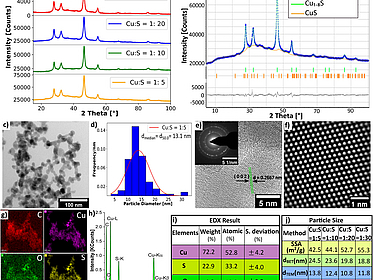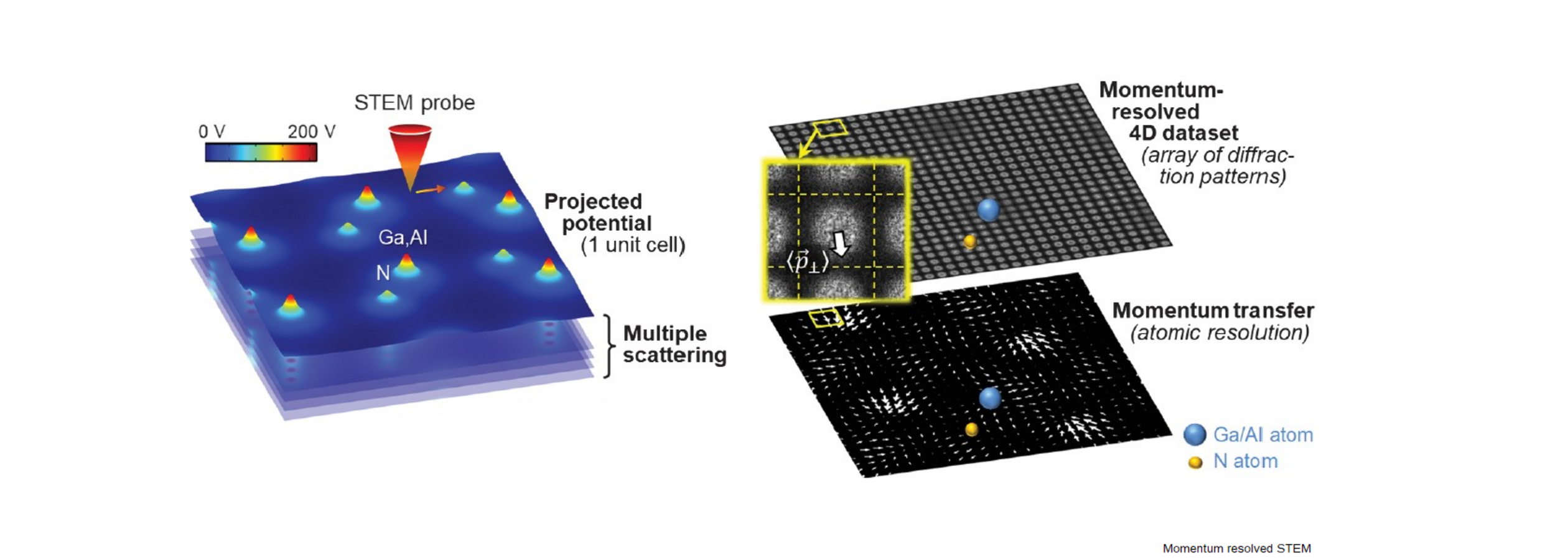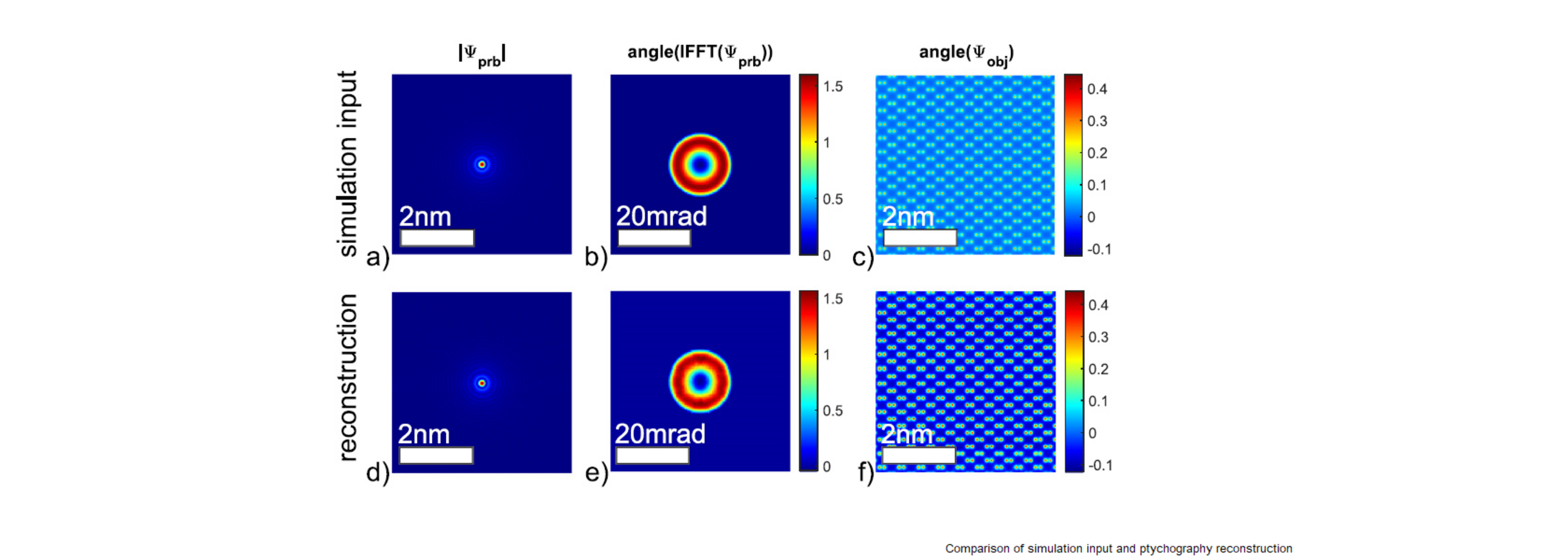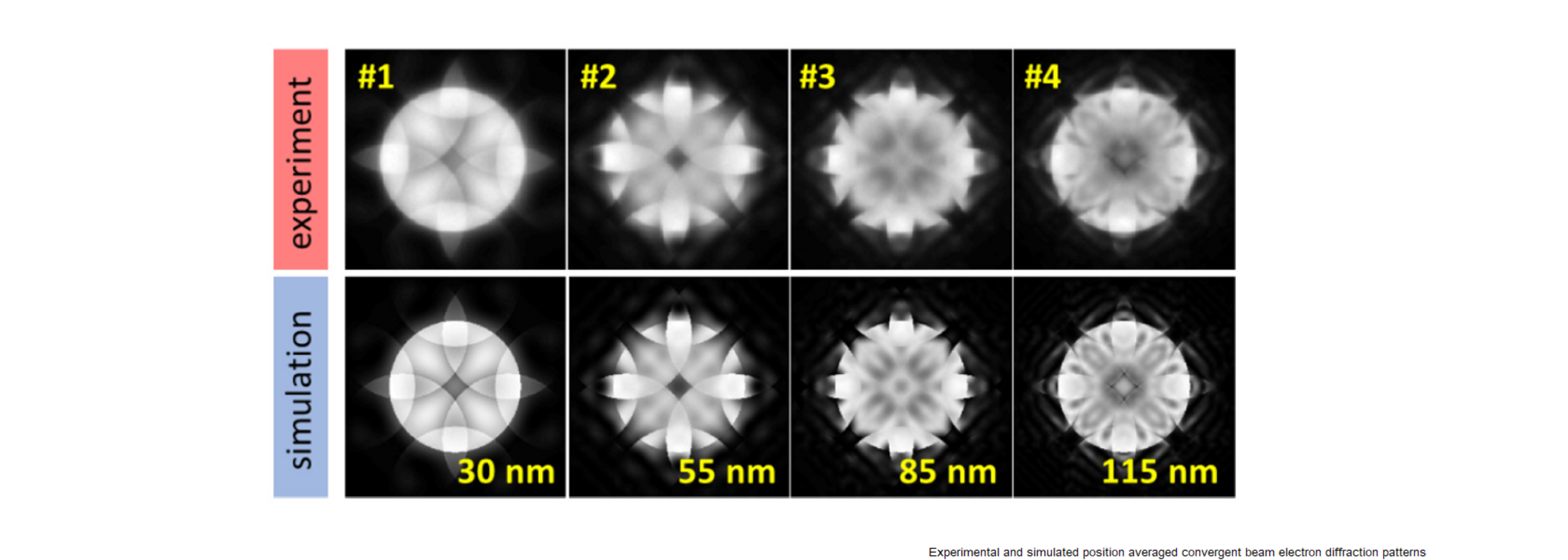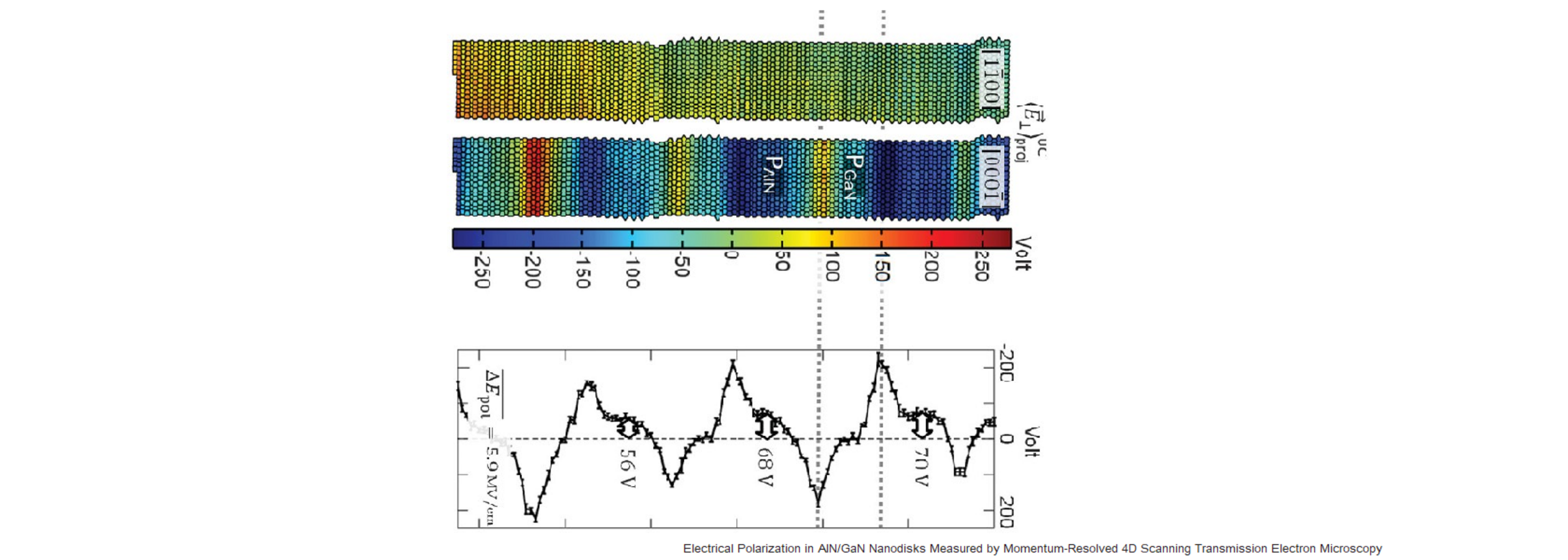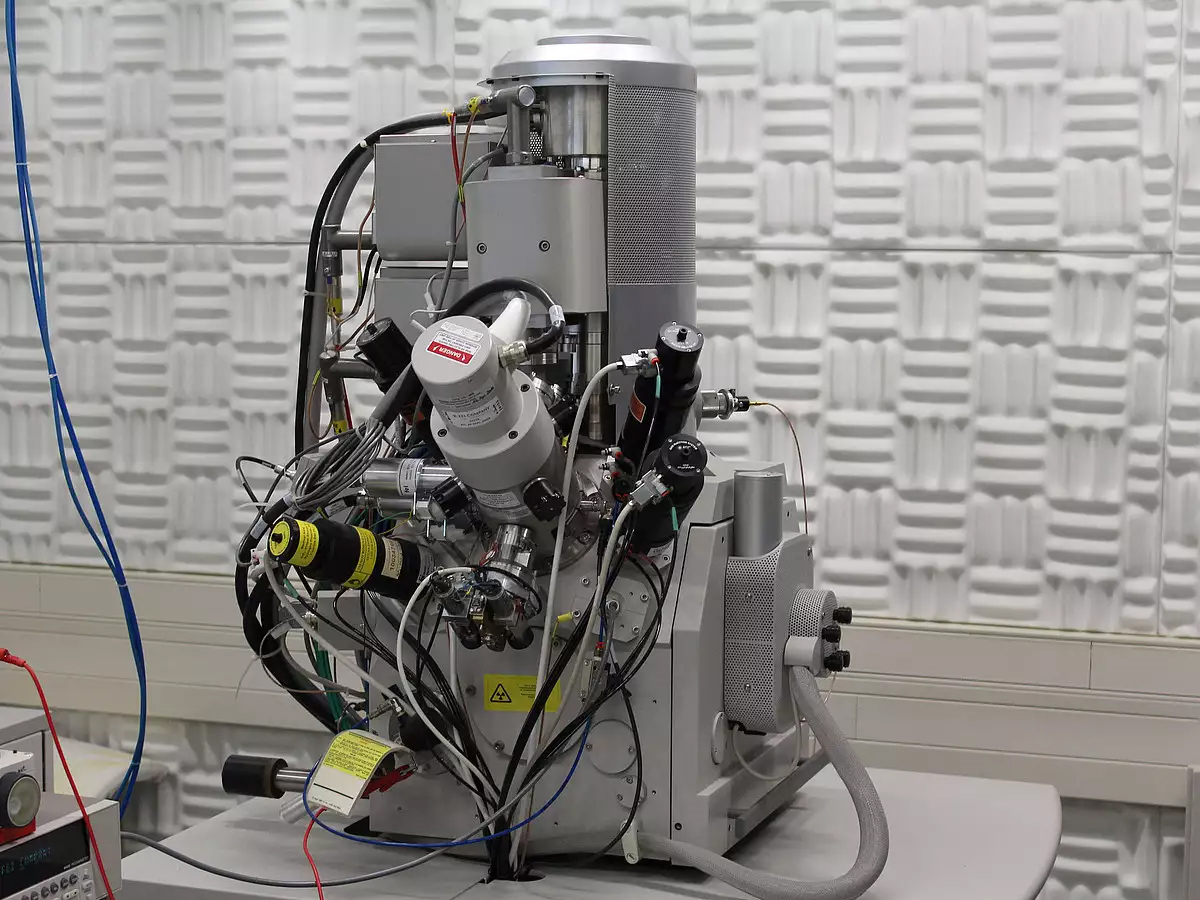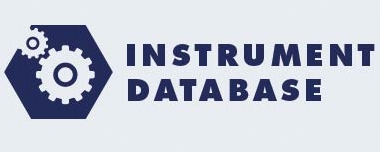
Electron Microscopy
Electron Microscopy
We use transmission electron microscopy (TEM) to investigate the atomic structure and composition of nanomaterials. In the high-resolution TEM (HRTEM) mode the whole region of interest of our specimen is illuminated with the electron beam and the image is formed with the objective lens and further magnifying lenses. In the Scanning TEM (STEM) mode, the electron beam is focused to a diameter down to 50 pm. The focused beam is scanned over the specimen and scattered electrons are detected with different detectors. Images are formed by plotting the detector signal at each scan position. The composition of the specimen is measured with energy dispersive X-ray analysis (EDX) and energy loss spectroscopy (EELS). Electron tomography yields the 3D structure of our specimen.
What kind of result do I get?
The high-resolution TEM and STEM images show the atomic structure of the specimen projected along the electron beam direction. The images reveal the crystal structure, dislocations and stacking faults. The positions of atom columns are measured with an accuracy of a few picometers. Distances between atom columns give information on the strain distribution in our specimen. In the STEM mode, using the high-angle annular dark field (HAADF) detector, the brightness of an atom column increases with the atomic number, so that we can distinguish different elements in the images. An atom hit by the electron beam emits a characteristic X-ray spectrum. Its measurement in STEM allows 2-D elemental mapping, detecting elements even at small concentrations below 1%.
Application Scientist
Dr. Marco Schowalter
MAPEX Center for Materials and Processes
University of Bremen
Otto-Hahn Allee 1, D-28359 Bremen
Phone: +49 421 218 62263
Email: schowalter@ifp.uni-bremen.de
Dr. Thorsten Mehrtens
MAPEX Center for Materials and Processes
University of Bremen
Otto-Hahn Allee 1, D-28359 Bremen
Phone: +49 421 218 62273
Email: mehrtensprotect me ?!ifp.uni-bremenprotect me ?!.de
Our key instruments
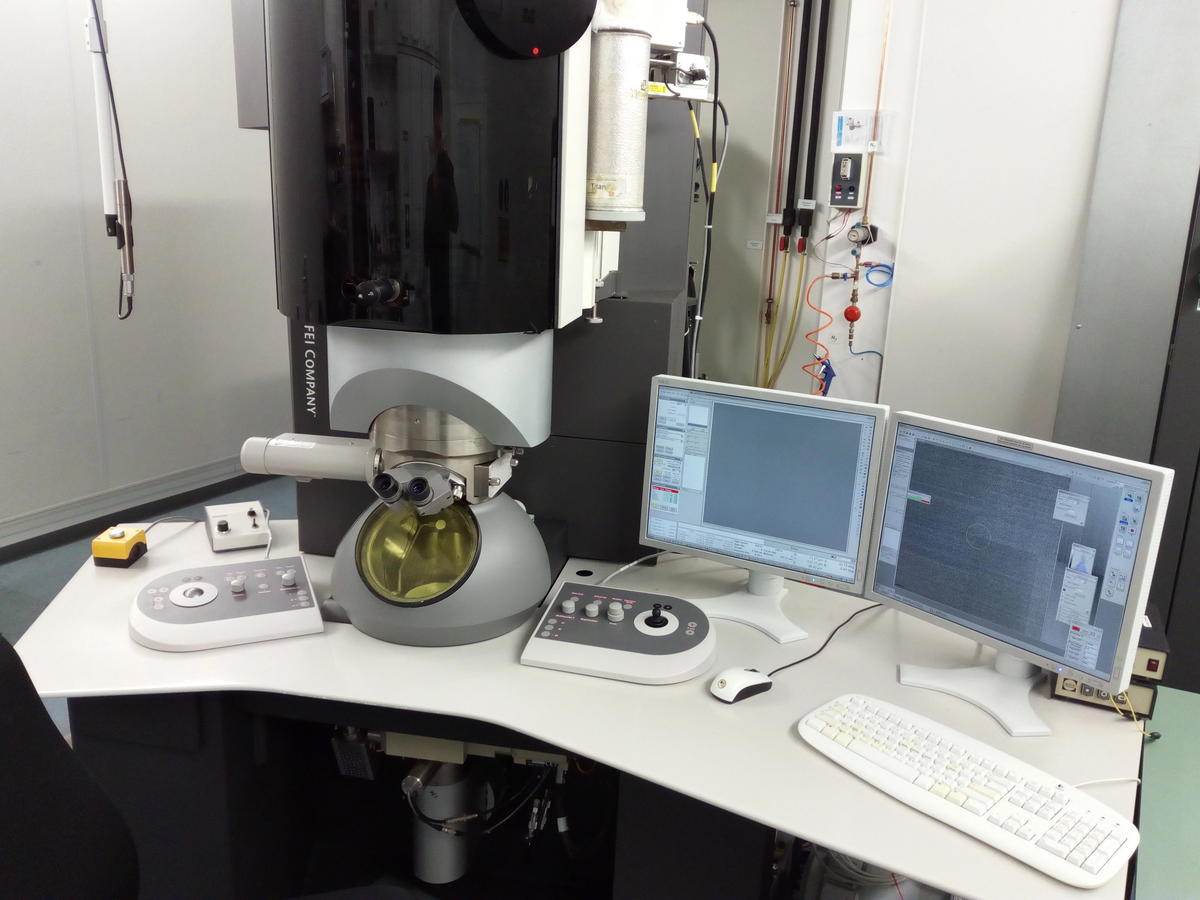
FEI TITAN 80/300
Image corrected (scanning) transmission electron microscope
- resolution 80 pm in TEM and 130 pm in STEM
- EDX, EELS, Möllenstedt-Dücker biprism
- Tomography holder
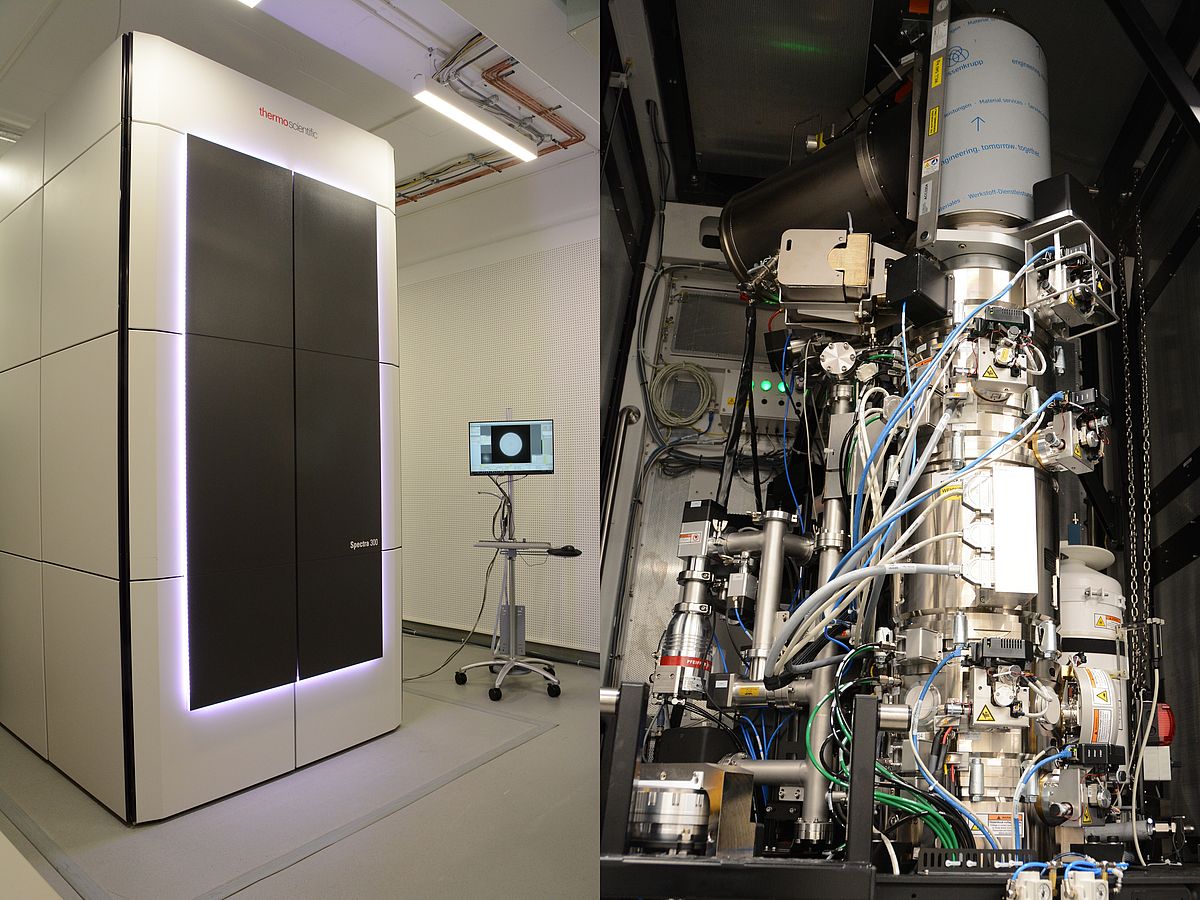
Thermo Fisher SPECTRA 30/300
Probe corrected (scanning) transmission electron microscope
- STEM resolution 50 pm
- X-FEG, Monochromator
- Electron Microscope Pixelated Array Detector (EMPAD)
(direct electron detector with 1000 frames per second) - Super-X EDS detector
- On-axis 360˚ rotation tomography holder
- dual-axis tomography holder
Research Highlights

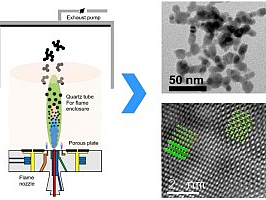
Gas phase synthesis of mixed Cu₁.₈S-ZnS particles and the terminal phases in the reducing atmosphere
